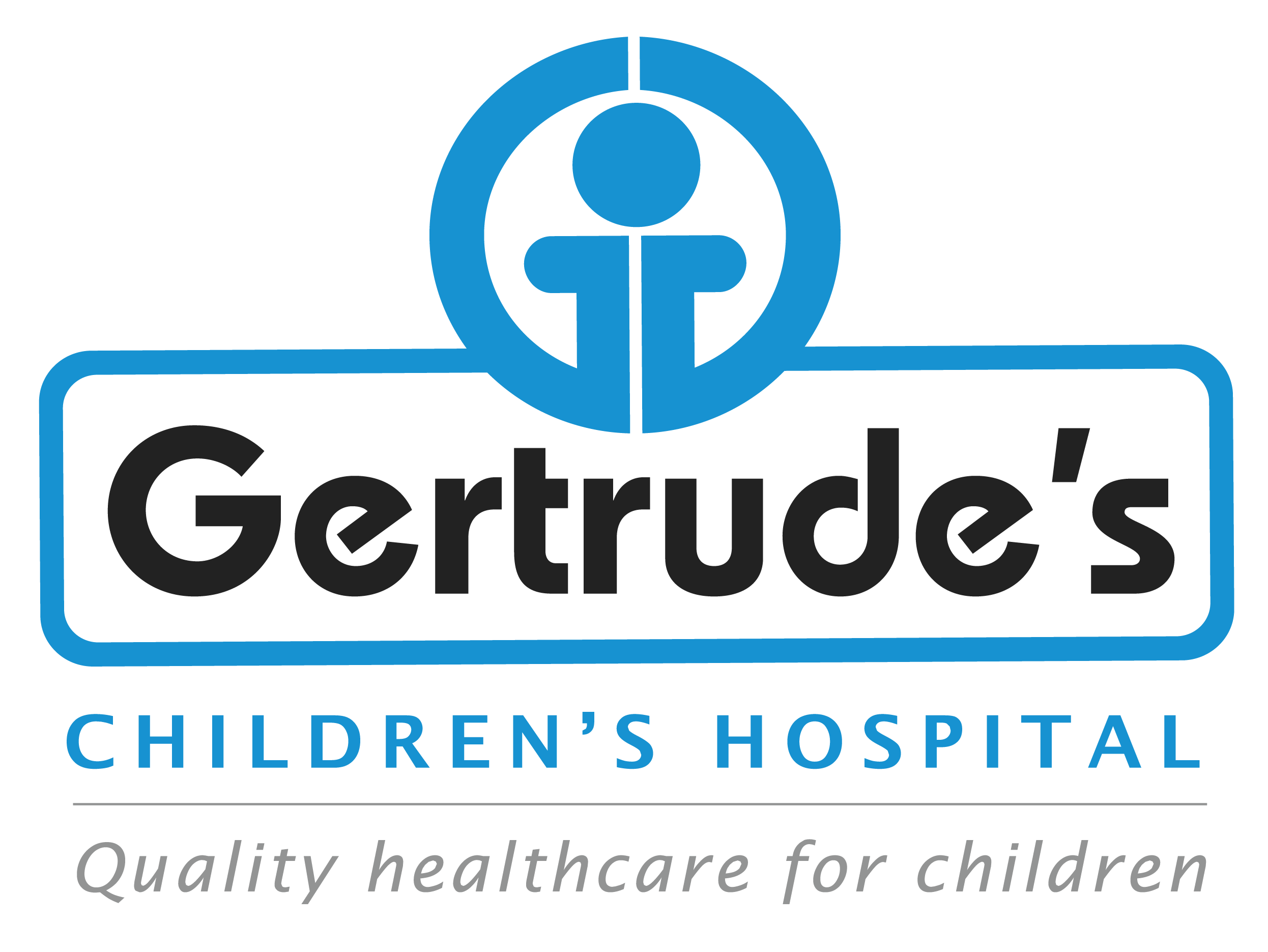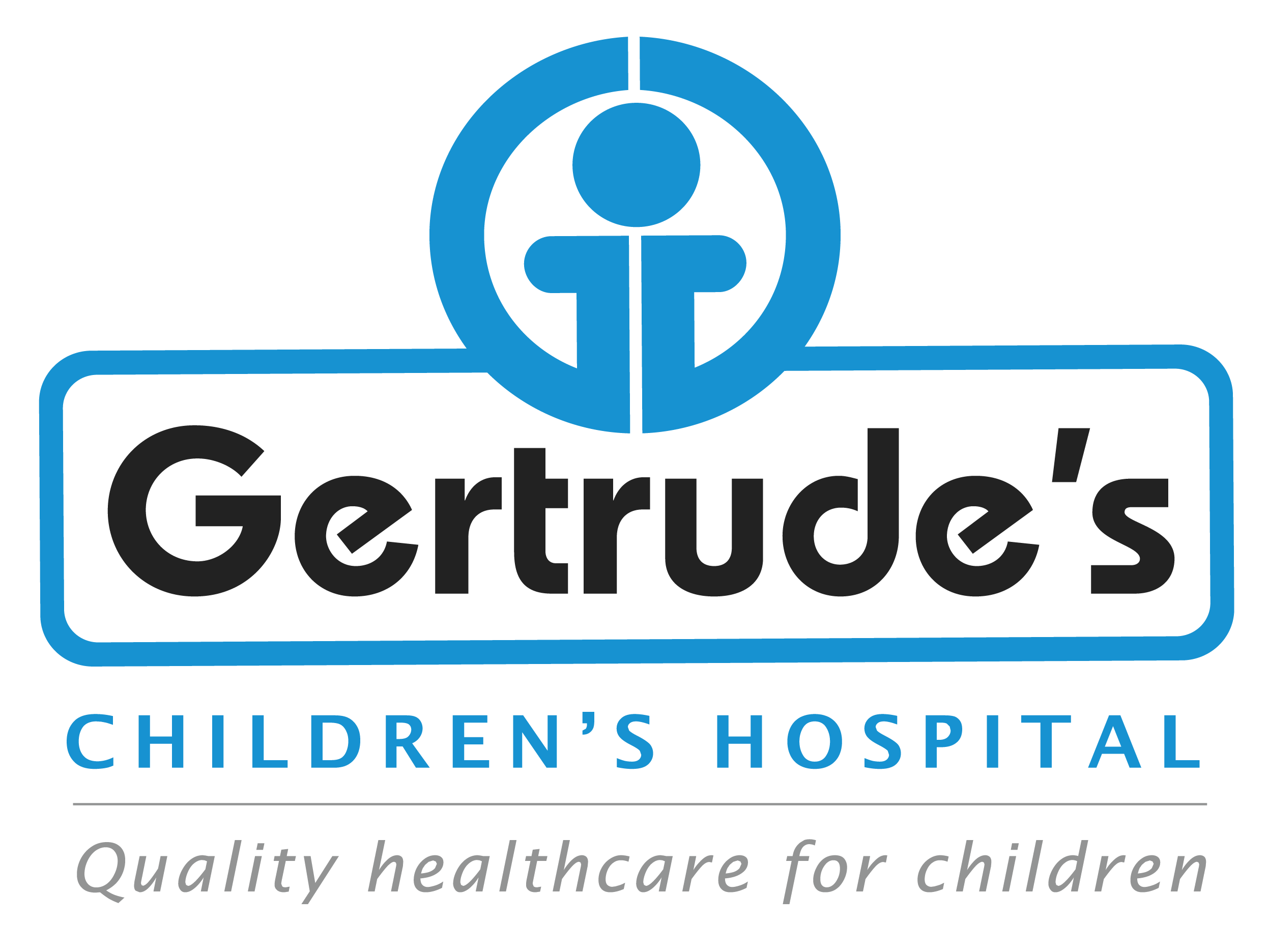Contact dermatitis is a common skin condition that occurs when the skin comes into contact with a substance that causes irritation or an allergic reaction. This can result in a red, itchy rash that may be painful or uncomfortable. Contact dermatitis can be caused by a wide range of substances, and it is particularly common in children due to their frequent exposure to various materials and environments.
Symptoms
- Red, Itchy Rash: The rash may appear immediately after contact with the irritant or allergen, or it may develop over time.
- Swelling: The affected area may become swollen and tender.
- Blisters: In some cases, small blisters may form on the skin.
- Pain or Burning: The rash may be painful or cause a burning sensation.
- Cracking or Scaling: The skin may become dry, cracked, or scaly.
- Drainage: In severe cases, the rash may ooze fluid or become crusty.
Causes
- Irritants: Such as soaps, detergents, chemicals, solvents, or acids.
- Allergens: Such as certain metals (like nickel), plants (like poison ivy or poison oak), fragrances, latex, or certain medications.
- Environmental Factors: Such as exposure to certain fabrics, adhesives, or even water (in the case of prolonged exposure).
Diagnosis
- Diagnosing contact dermatitis typically involves a physical examination by a healthcare professional, who will look for the characteristic signs and symptoms of the skin reaction. The doctor may also ask about recent exposures to potential irritants or allergens. In some cases, patch testing may be recommended to identify specific allergens.
Treatment Options
- Avoiding Triggers: Identifying and avoiding the substance that caused the reaction can help prevent future outbreaks.
- Cool Compresses: Applying a cool, wet cloth to the affected area can help soothe the skin and reduce itching.
- Topical Creams or Ointments: Over-the-counter creams or ointments, such as hydrocortisone, can help relieve itching and reduce inflammation.
- Oral Antihistamines: Medications taken by mouth can help relieve itching and reduce the allergic reaction.
- Moisturizers: Applying a moisturizer to the affected area can help soothe the skin and promote healing.
- Avoiding Scratching: Scratching the rash can make it worse and increase the risk of infection.
Why Choose Us
Expert team
Our dermatologists and pediatric specialists have extensive experience in treating alopecia areata in children.
Personalized care
We create treatment plans that fit each child’s unique needs
Support and education
We teach children and families how to care for their skin and prevent future breakouts
Advanced treatments
Access to the latest acne treatments and skincare products
Frequently Asked Questions
Q: How long does it take for contact dermatitis to clear up?
A: Contact dermatitis usually clears up within 2 to 4 weeks after the irritant or allergen is removed. However, it is essential to avoid scratching the rash and to follow the treatment plan as prescribed to ensure the skin heals properly.
Q: Can contact dermatitis spread to other parts of the body?
A: Contact dermatitis typically only affects the area of the skin that came into contact with the irritant or allergen. However, scratching the rash can spread the irritation and increase the risk of infection.
Q: Is contact dermatitis contagious?
A: Contact dermatitis is not contagious. It is caused by a reaction to a specific substance and cannot be spread from person to person.
Contact
Please feel free to contact us with any general or medical enquiry by calling us.





